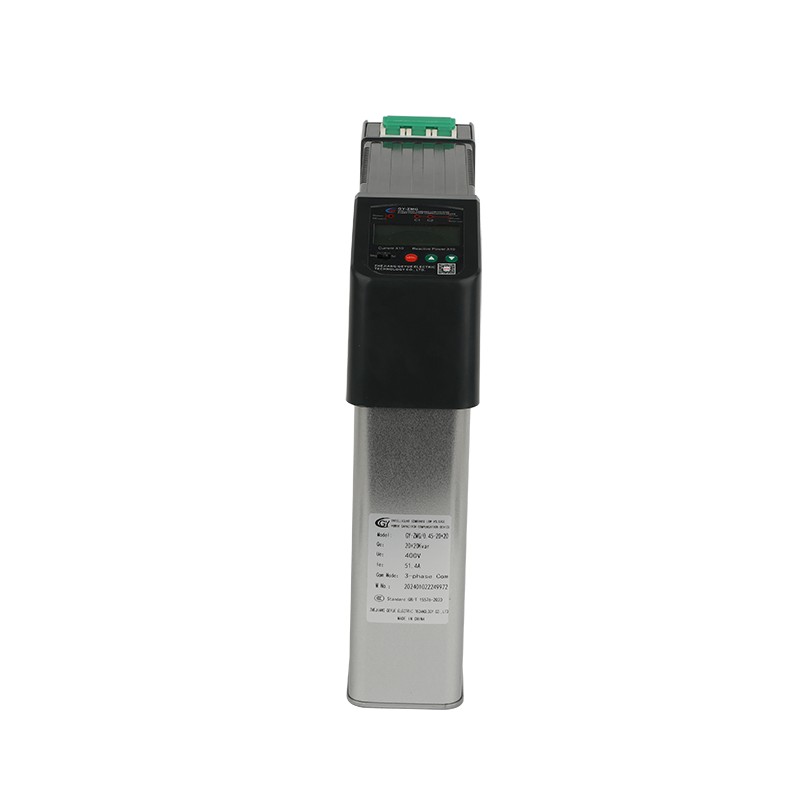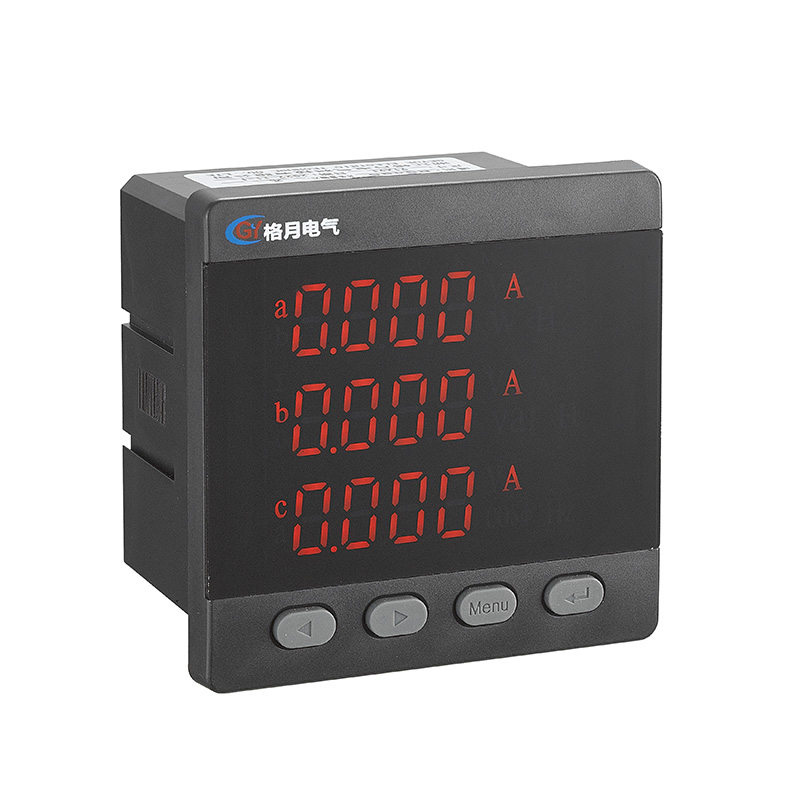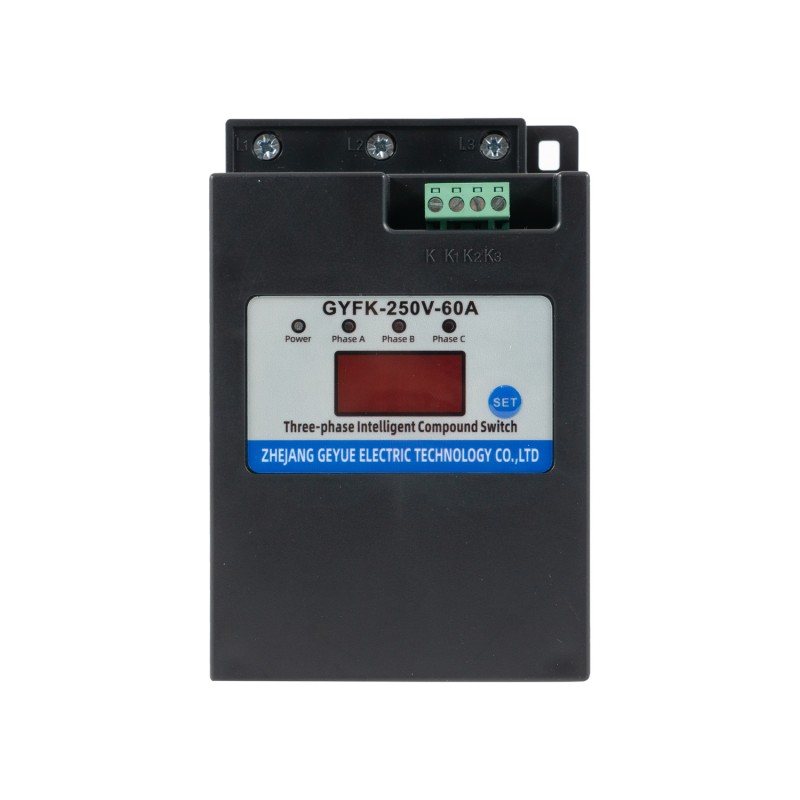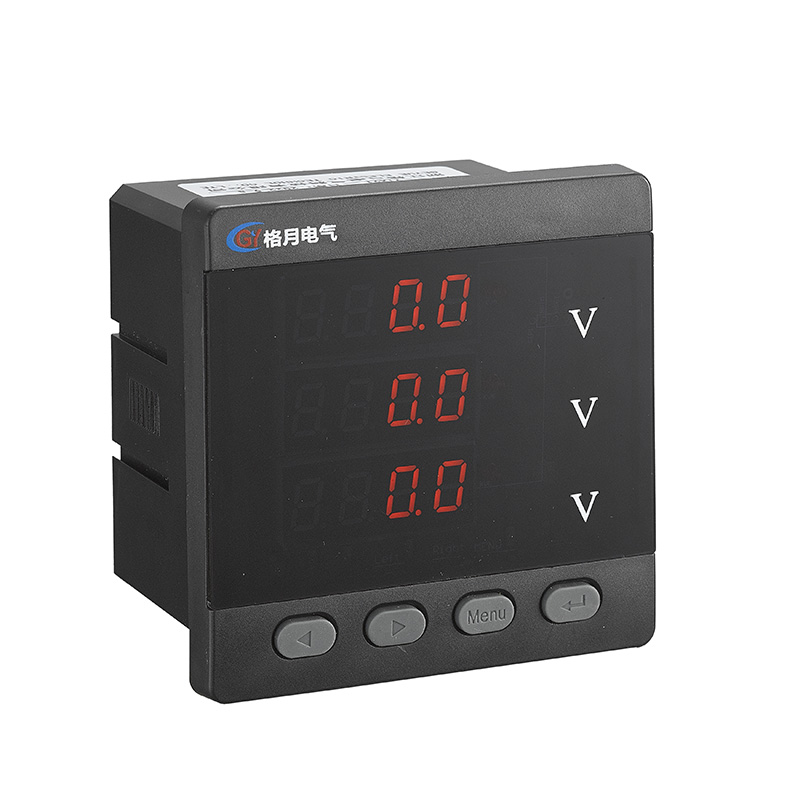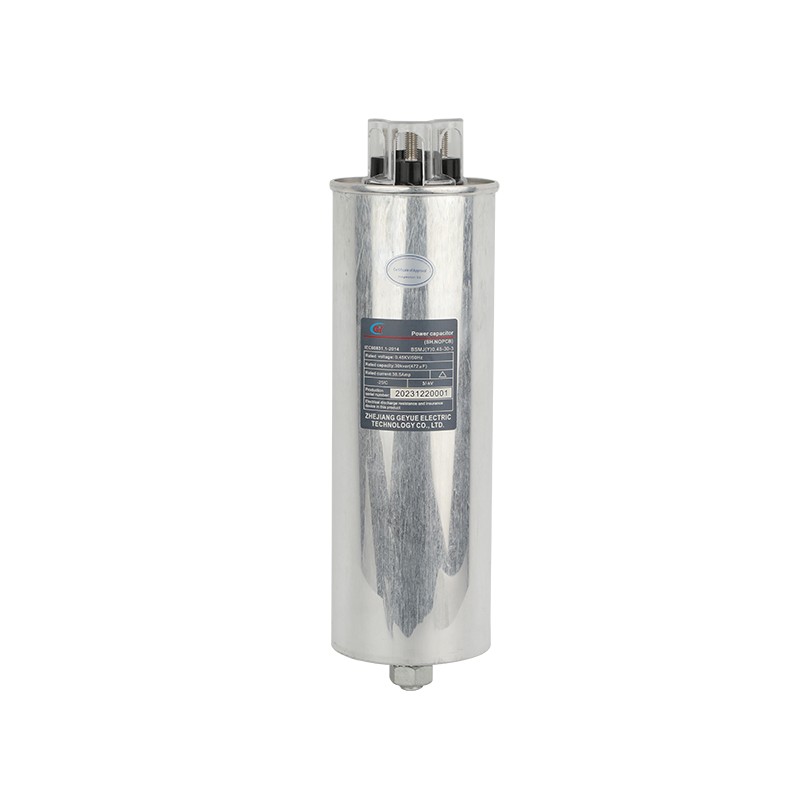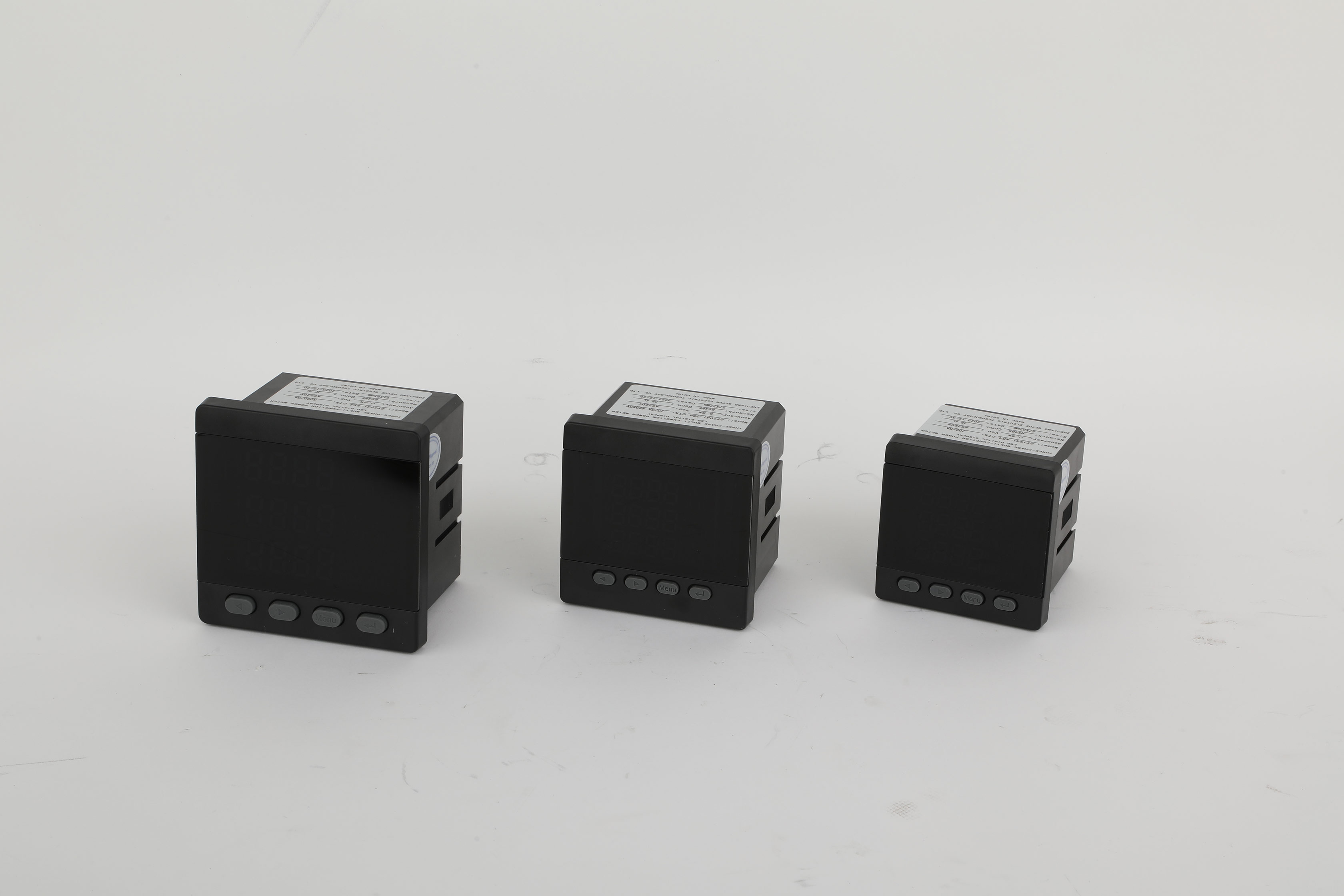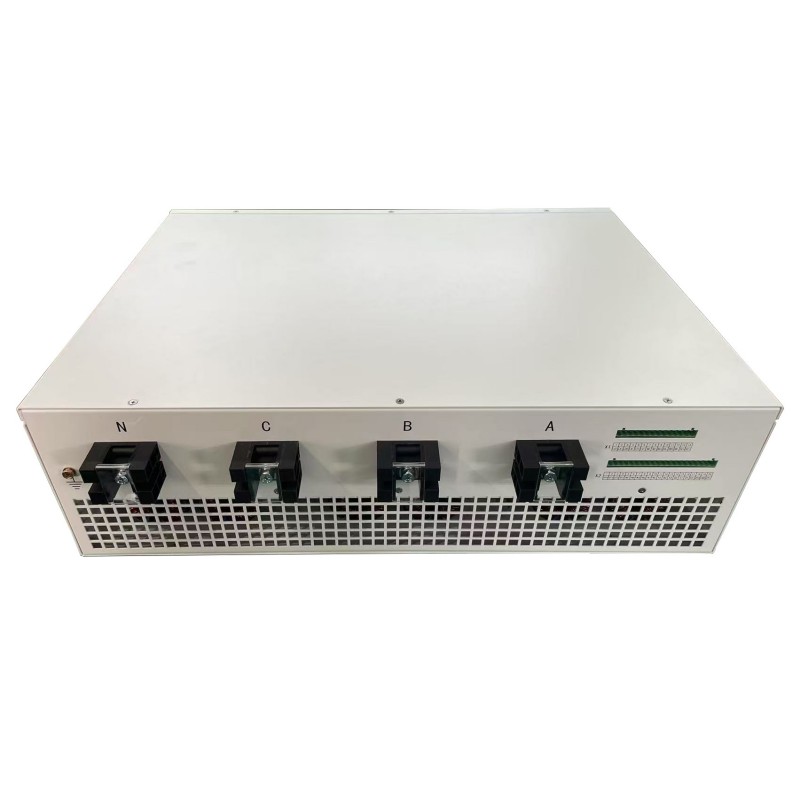How to Solve the Problem of Voltage Sags in Electric Vehicle Charging Stations through Reactive Power Compensation Optimization?
With the widespread adoption of electric vehicles, charging stations, as the most essential infrastructure for long-distance travel of electric vehicles, have long been facing unstable power quality issues such as voltage sags. The voltage sags in electric vehicle charging stations not only affects the charging efficiency of the chargers, but also may damage the chargers themselves, shortening their service life. As a manufacturer of low-voltage reactive power compensation equipment, Geyue Electric is well aware of the crucial role of reactive power compensation technology in addressing this issue of voltage sags in electric vehicle charging stations. In the following text, our Chief Electrical Engineer will discuss the reasons for the voltage sags at electric vehicle charging stations, the principle of reactive power compensation and its application in electric vehicle charging stations, providing a feasible power factor optimization solution for this predicament in the electric vehicle industry.
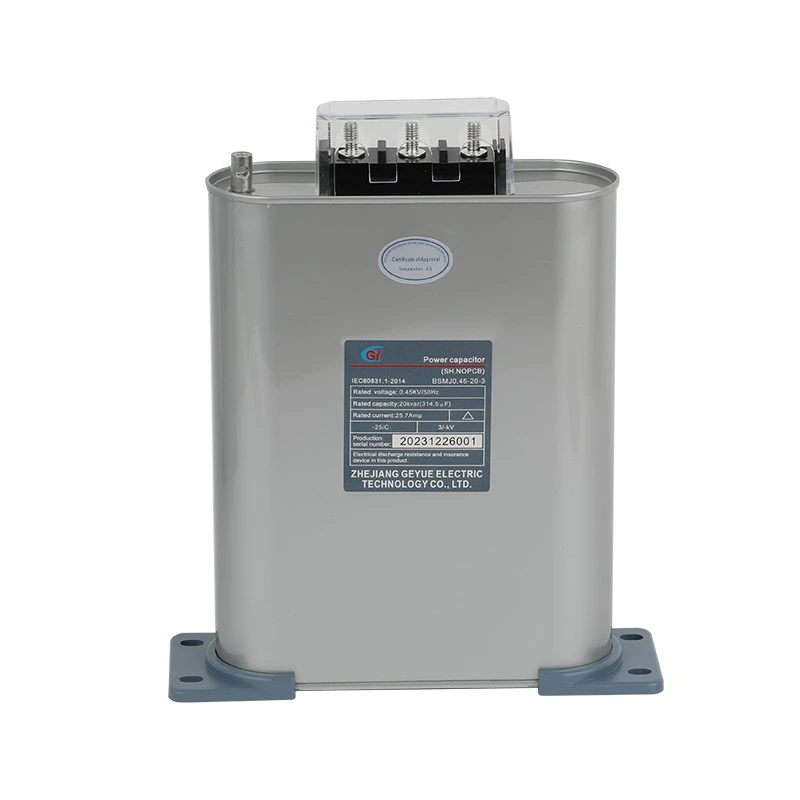
Analysis of the Impact and Causes of Voltage Sags on Charging Stations
Voltage sags refer to a sudden drop in the effective value of voltage within a short period of time. This phenomenon typically lasts for half a cycle to about one minute. A sudden drop in voltage poses considerable challenges to electric vehicle charging stations. These fluctuations may disrupt the charging process at the charging stations, causing unstable power supply for the chargers and prolonged charging times, thereby significantly reducing the user experience for those charging their vehicles. What's more serious is that repeated voltage drops may damage the critical power electronic components inside the chargers at the charging stations, such as insulated gate bipolar transistors (IGBT) modules and DC capacitors, etc. This kind of deterioration can significantly reduce the operational lifespan of the equipment and compromise the reliability of the charging infrastructure. In sum, voltage sags represent a serious concern for the long-term performance and user satisfaction associated with EV charging stations.
The experiment has proved that the main cause of the sudden drop in voltage at the charging station lies in the sudden and non-linear characteristics of the charging load. When multiple electric vehicles in the charging station start charging simultaneously or adjust their charging power simultaneously, the charging load will cause a sharp change in current in the charging circuit, resulting in a sudden drop in voltage through the line impedance. Moreover, the rectification stage of the charging pile will generate a large number of harmonics. The harmonic current formed on the system impedance will further deteriorate the voltage quality. Faults on the power grid side, such as circuit short-circuit or large motor startup, will also spread to the charging station through the distribution network, causing a sudden drop in voltage.
The Basic Principle of Reactive Power Compensation Technology
The reactive power compensation technology regulates the voltage level and improves the power factor by injecting or absorbing reactive power into the power system. In alternating current (AC) circuits, the phase relationship between voltage and current gives rise to both active and reactive power. Specifically, when the current lags behind the voltage, the load begins to absorb reactive power. Conversely, if the current is greater than the voltage, the load starts to supply reactive power to the system. Therefore, as long as the flow of reactive power is properly managed, the system voltage can be more effectively regulated.
Static Var Compensator (SVC) and Static Synchronous Compensator (STATCOM) are two typical and commonly used types of reactive power compensation devices. The reactive power compensation technologies employed by these two devices can effectively suppress voltage fluctuations in the circuit and enhance the stability of the power system. Specifically, SVC provides continuous adjustable reactive power by adjusting the combination of thyristor-controlled reactors and fixed capacitors; while STATCOM employs voltage source conversion technology, responding more rapidly to system changes and providing more precise reactive power compensation.
Design of Reactive Power Compensation Scheme for Charging Stations
To address the unique needs of electric vehicle charging stations, Geyue Electric comprehensively considers key criteria such as response speed, compensation accuracy, and system reliability before launching each reactive power compensation solution. For large centralized charging stations, we recommend a reactive power compensation solution that combines STATCOM with active power filters. STATCOM provides rapid reactive power support and maintains bus voltage stability, while active power filters filter out high-order harmonics generated by charging piles, improving system power quality.
For distributed charging station clusters, we recommend a tiered compensation strategy. A small-capacity reactive power compensation module is built into each charging pile for fast local compensation, while centralized compensation devices are installed on the distribution transformer side to provide regional reactive power support. This combined distributed and centralized approach meets rapid response requirements while achieving cost-effective compensation.
The compensation capacity should be determined based on the charging station's maximum simultaneous charging power, the power factor variation range, and the grid's short-circuit capacity. Generally, the compensation capacity should be designed to be 1.2-1.5 times the charging station's maximum reactive power demand, leaving a margin for load fluctuations. At the same time, the response time of the compensation device should be less than 10ms to effectively suppress voltage sag.
Implementation Strategies of Reactive Power Compensation in Charging Stations
The location of the reactive power compensation device within a charging station significantly impacts its effectiveness. The optimal installation location is typically at the point of common connection (PCC) of the charging station's power distribution system, enabling monitoring and control of voltage quality throughout the station. For large charging stations, Geyue Electric recommends that engineers consider adding compensation points on the main distribution branches during station construction to achieve zoned control.
Regarding the control strategy, we recommend that charging stations adopt the voltage-type reactive power (VQC) algorithm. This algorithm can monitor the system voltage and reactive power in real time, and use fuzzy logic or predictive control technology to dynamically adjust the output of the compensation equipment. Compared with simple power factor control, VQC can better cope with the randomness and volatility during the charging process of electric vehicles, thereby providing more stable voltage support.
When integrating the reactive power compensation system, it is crucial to carefully coordinate with the energy management system of the charging station. The reactive power compensation equipment should be able to receive the scheduling instructions from the superior system and simultaneously upload its operating status in real time. This two-way communication capability enables the compensation equipment not only to cope with local voltage variations, but also to participate in the overall optimization of the charging station.
By adopting the appropriate reactive power compensation solution, the electric vehicle charging station will significantly enhance the voltage stability of the charging system, thereby providing safer and more reliable charging services for electric vehicle owners. Geyue Electric, as a leading supplier of reactive power compensation solutions, has been committed to developing the latest reactive power compensation technologies for the new energy industry. Through continuous research and development, our company has continuously launched more intelligent and efficient reactive power compensation solutions specifically for charging infrastructure. We believe that our expertise in reactive power compensation can contribute to the steady development of the electric vehicle industry. If your charging station requires a comprehensive and professional voltage management solution, please contact the engineering team of Geyue Electric. Reach out at info@gyele.com.cn to discuss your requirements.
- Why do the Mainstream Series Reactors Currently on the Market All Adopt the Dry-Type Iron-Core Structure?
- What Exactly is the Boundary Between Static Compensation and Dynamic Compensation in the field of low-voltage reactive power compensation?
- Can Cylinder Self-healing Shunt Capacitor Become the Ideal Choice for Reactive Power Compensation in Power Systems?
- Can Three Phase Intelligent Low Voltage Compound Switch Achieve Technological Innovation in Reactive Power Compensation of Power Systems?
- Can AC contactors become key actuators in industrial automation control?
- Can Self-healing Shunt Capacitor Become a Key Support for Smart Grid Construction?

